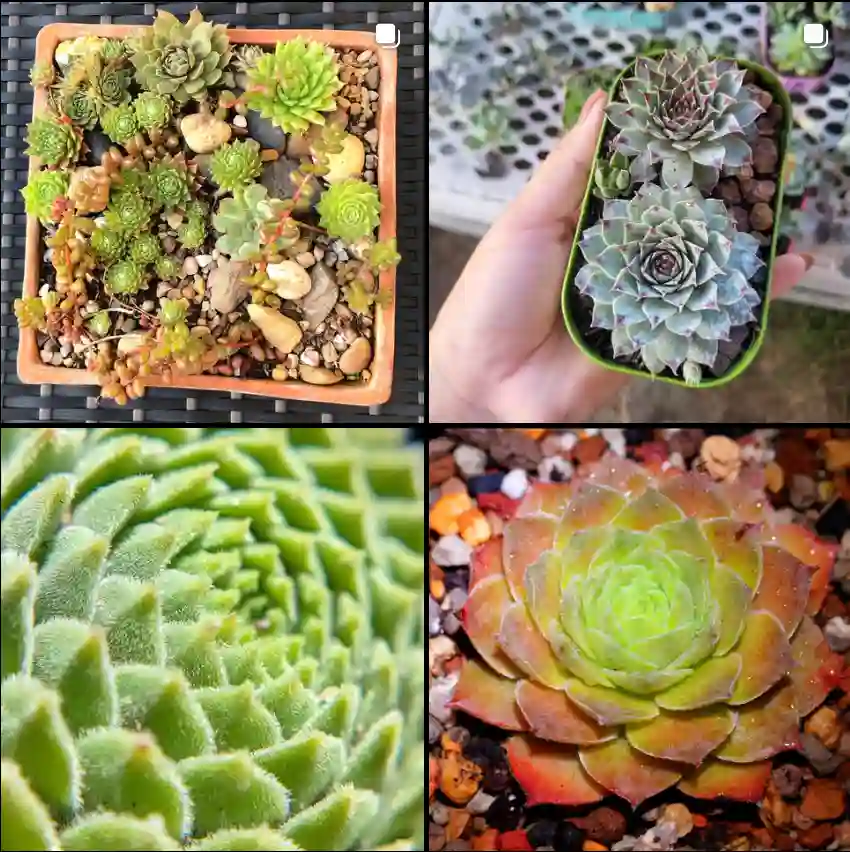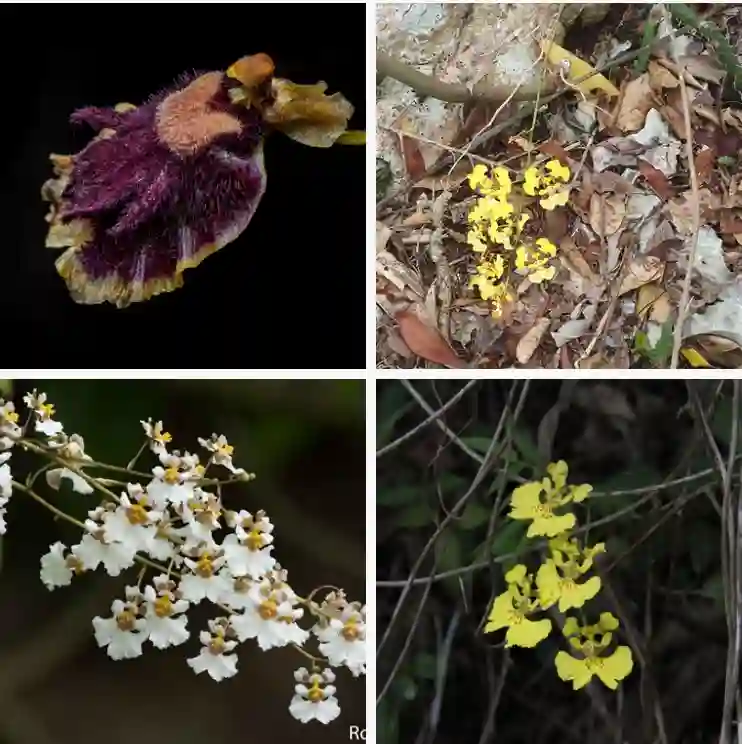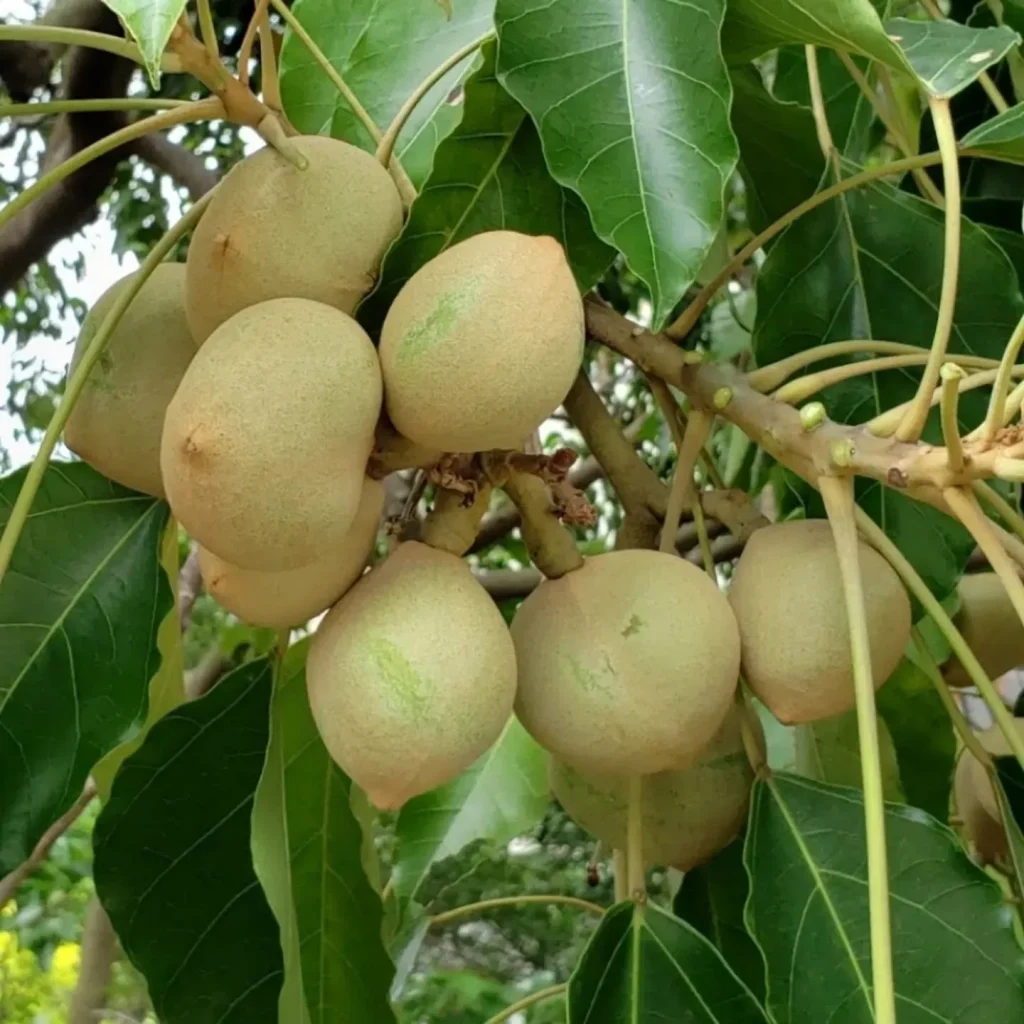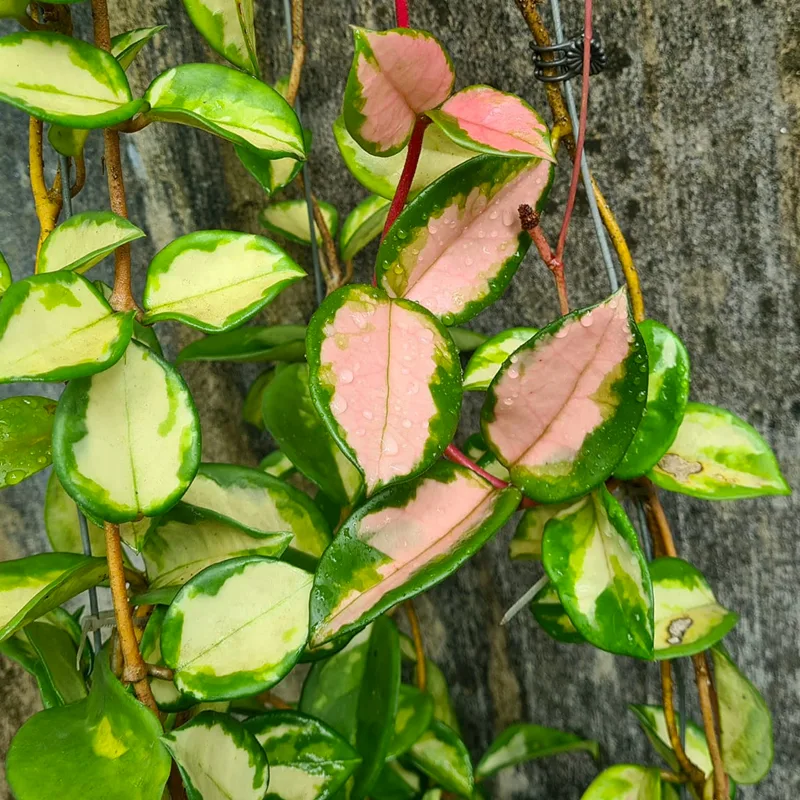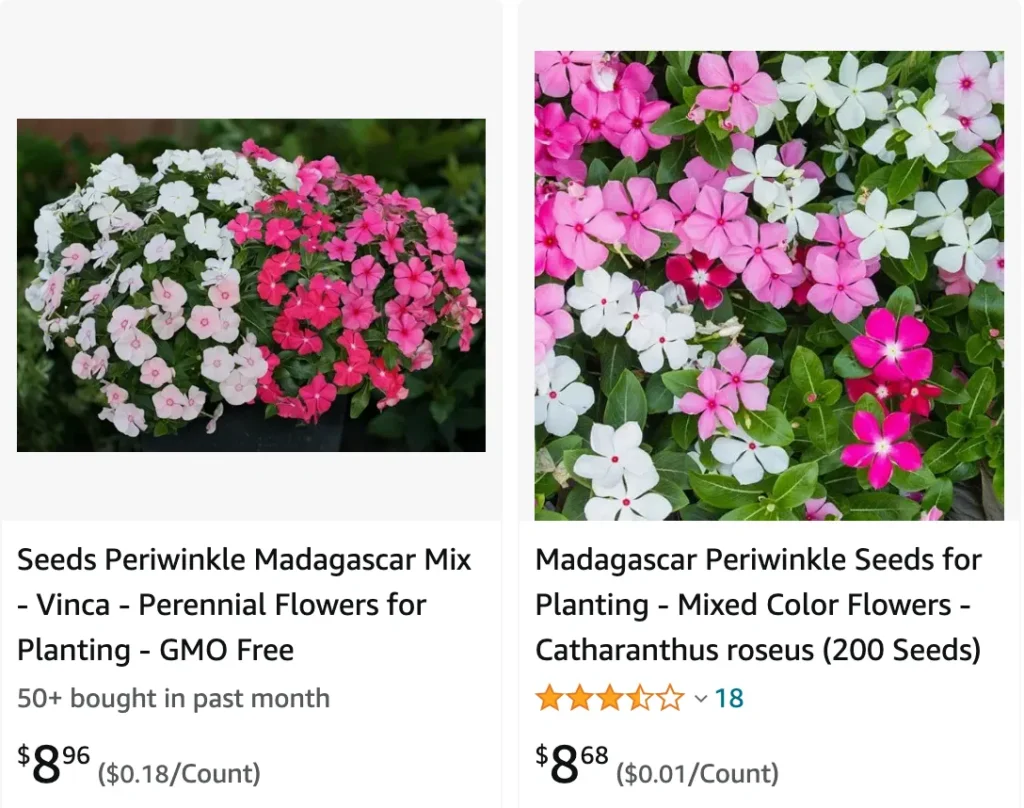
What is Catharanthus roseus?
Catharanthus roseus, commonly known as Madagascar periwinkle, is a flowering plant in the Apocynaceae family. It’s known for its attractive, glossy green leaves and bright, five-petaled flowers that come in various colors, including pink, white, red, and purple. Native to Madagascar, it is widely cultivated for ornamental purposes and has significant medicinal properties.
9 Species in Genus Catharanthus
Catharanthus Roseus vs Vinca
In my experience, Catharanthus roseus thrives in full sun and is incredibly drought-tolerant, making it a resilient choice for hot, sunny spots, while Vinca prefers partial shade and adds a lush, green touch to shadier parts of my garden.
How to grow Catharanthus roseus?
Catharanthus roseus, also known as Madagascar Periwinkle or Vinca, is a lovely flowering plant that can be grown as an annual in many climates. Here’s a guide to growing your own Catharanthus roseus:
Planting:
- Timing: Ideally, sow seeds indoors 6-8 weeks before the last frost. Alternatively, you can wait and plant seeds directly outdoors after the danger of frost has passed and the soil has warmed.
- Seeds or seedlings: You can choose to grow Catharanthus roseus from seeds or buy seedlings from a nursery.
- Starting seeds indoors: Use a well-draining seed starting mix and sow seeds at a shallow depth (around ¼ inch). Keep the soil moist and provide warmth (around 70°F). Once seedlings emerge and have a few sets of true leaves, you can transplant them into individual pots.
- Planting outdoors: Choose a location with full sun to partial shade. Well-draining soil is crucial. Amend the soil with compost or organic matter if needed. Space plants 10-12 inches apart for bedding plants or hanging baskets.
Care:
- Light: Catharanthus roseus thrives in full sun or partial shade. Aim for at least 4-6 hours of direct sunlight daily.
- Watering: Water regularly to keep the soil consistently moist, but avoid overwatering. Allow the top inch of soil to dry slightly before watering again.
- Soil: Well-draining soil is essential. A sandy loam mix or a standard potting mix with added perlite or orchid bark works well.
- Fertilizing: Once flowering begins, you can apply a balanced liquid fertilizer diluted to half strength every two to three weeks during the growing season. Avoid overfertilizing, as it can affect flowering.
- Deadheading: Regularly deadheading spent flowers will encourage continuous blooming throughout the season. Simply pinch off the faded flowers at the base of the stem.
Additional Tips:
- Pinching: Pinching back the stems occasionally can help promote bushier growth.
- Temperature: Catharanthus roseus prefers warm temperatures. Protect it from frost and cold drafts.
- Pests and diseases: Watch out for common pests like aphids, mealybugs, and fungal diseases. Neem oil solution or insecticidal soap can be used to control pests.
- Not cold-hardy: Remember, Catharanthus roseus is not frost-tolerant. If you live in a cold climate, you can bring your plants indoors before the first frost and enjoy them as houseplants for the winter.
With proper care, your Catharanthus roseus plants should reward you with a vibrant display of blooms throughout the summer and fall.
Is Catharanthus roseus a perennial?
In tropical and subtropical climates (USDA zones 9-11), Catharanthus roseus is a perennial. However, in cooler climates, it is often grown as an annual because it cannot survive freezing temperatures.
Is Catharanthus roseus poisonous?
Yes, Catharanthus roseus is considered toxic if ingested. All parts of the plant contain alkaloids that can cause symptoms such as nausea, vomiting, and abdominal pain in humans and animals. Handling the plant generally does not cause skin irritation, but ingestion should be avoided.
Can I grow Catharanthus roseus inside during winter?
Yes, you can grow Catharanthus roseus indoors during winter. Place the plant in a location with bright, indirect light and maintain temperatures between 60-75°F. Water it moderately, ensuring the soil dries out between waterings, and maintain indoor humidity if possible.
How old is Catharanthus roseus in Chinese medicine?
Catharanthus roseus does not have a historical presence in traditional Chinese medicine, as it is native to Madagascar and was introduced to other parts of the world much later. However, it has been used in traditional and modern medicine worldwide for its alkaloids, which are active in treating diseases like cancer.
Is Catharanthus roseus vascular?
Yes, Catharanthus roseus is a vascular plant. It has a well-developed system of xylem and phloem, which are responsible for the transport of water, nutrients, and sugars throughout the plant.
What type of gardens is Catharanthus roseus grown in?
Catharanthus roseus is versatile and can be grown in various garden settings, including flower beds, borders, containers, hanging baskets, and as a ground cover. Its vibrant flowers and ability to tolerate heat and drought make it a popular choice for sunny garden spots and urban landscapes.
Where to buy Catharanthus roseus?
Catharanthus roseus can be purchased at local nurseries, garden centers, and home improvement stores with garden departments. It is also available from online plant retailers and seed suppliers. When buying online, ensure the seller has good reviews and provides healthy plants or viable seeds.
If i die, water my plants!
